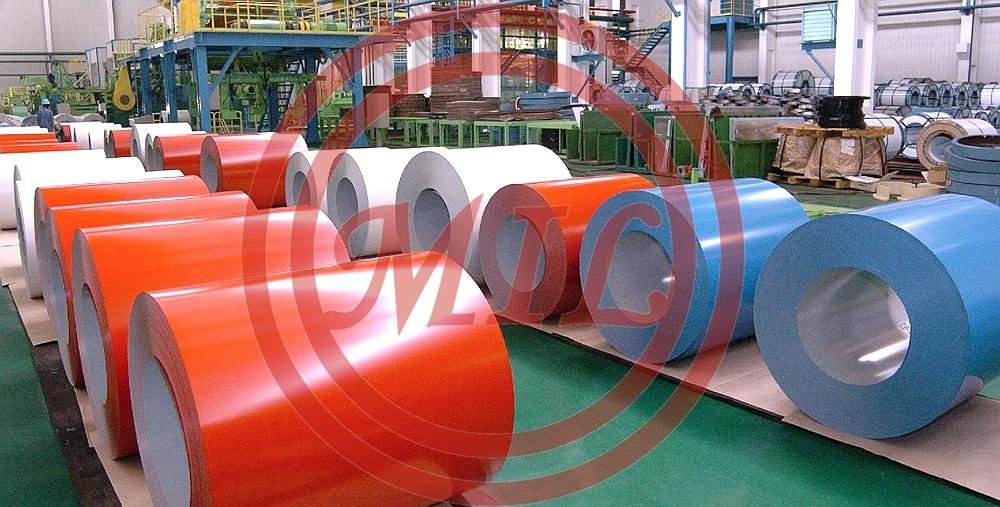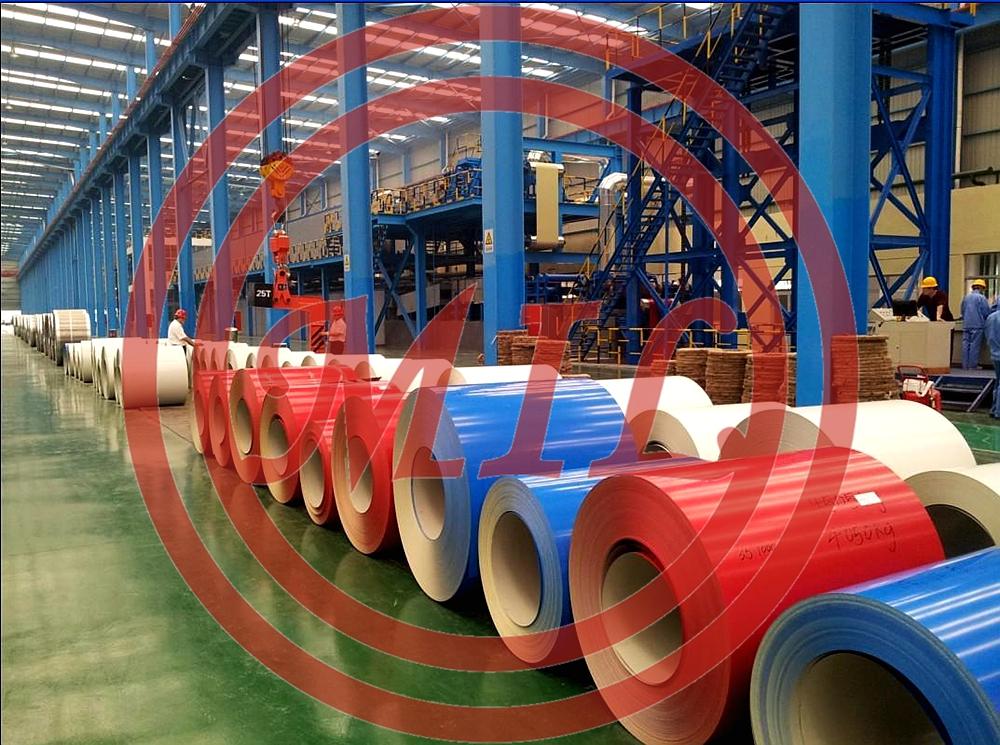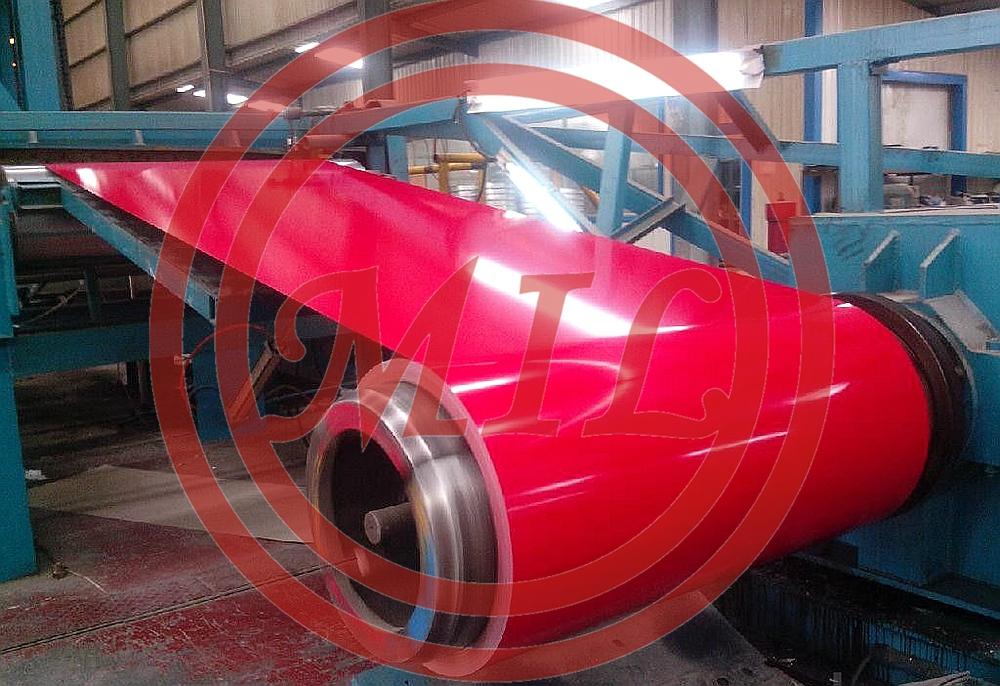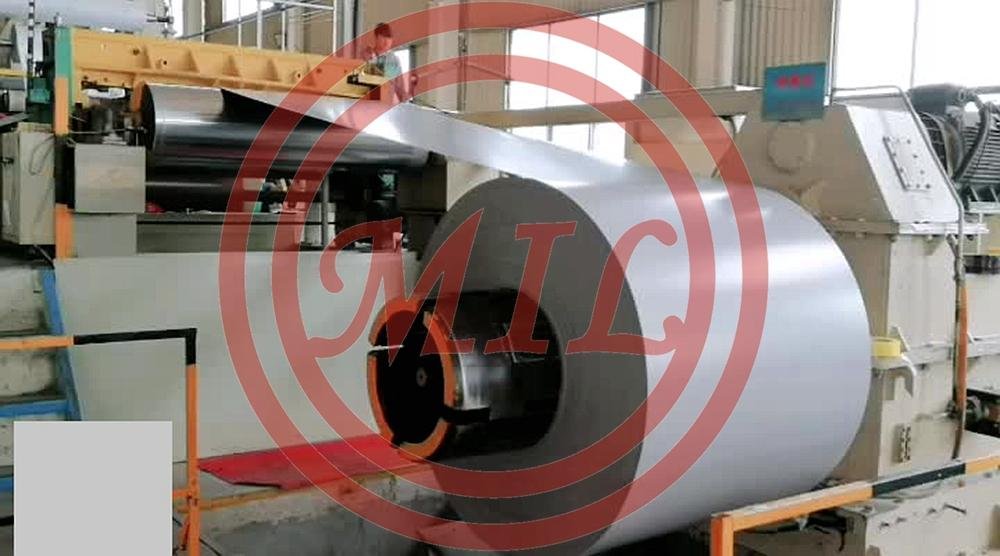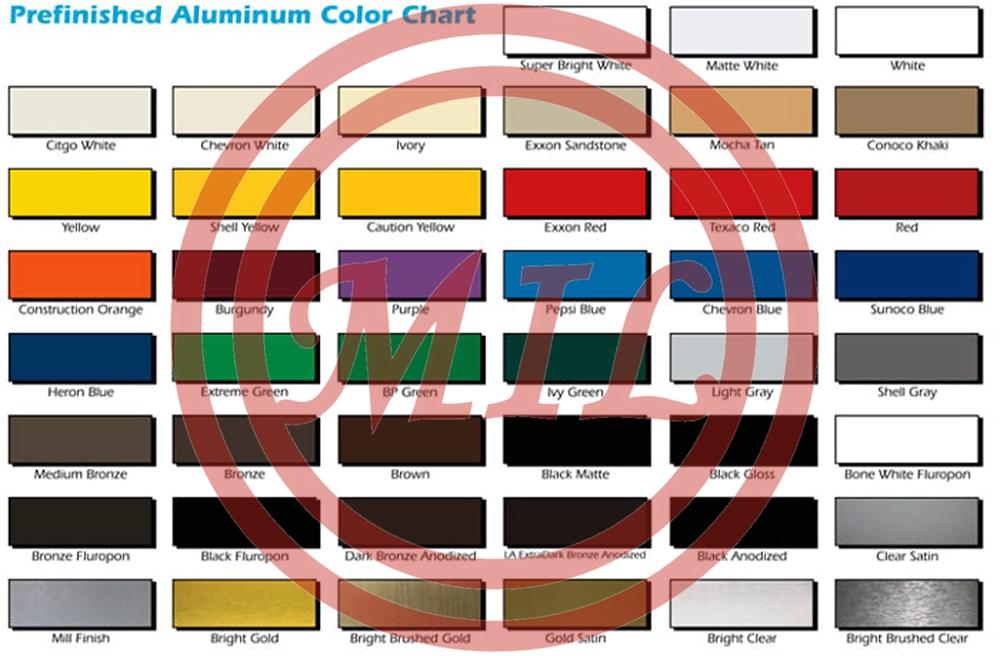Product Description
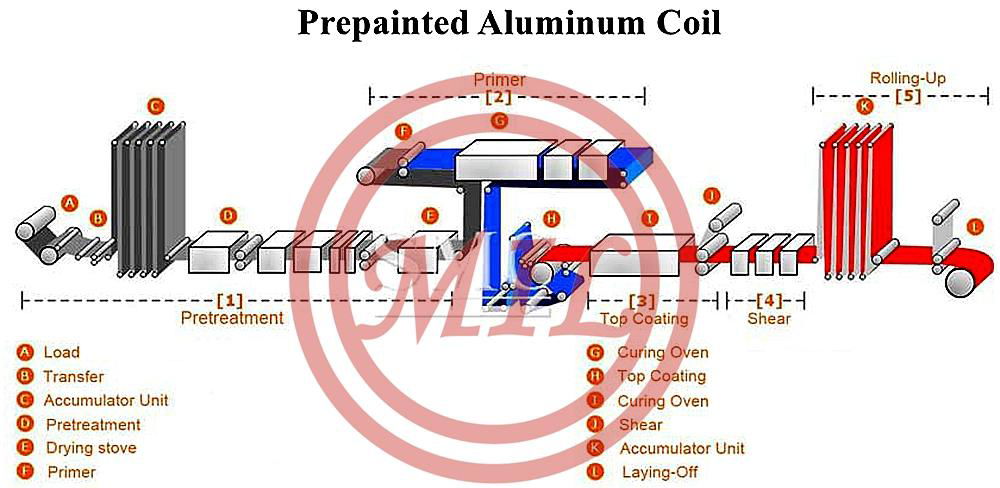
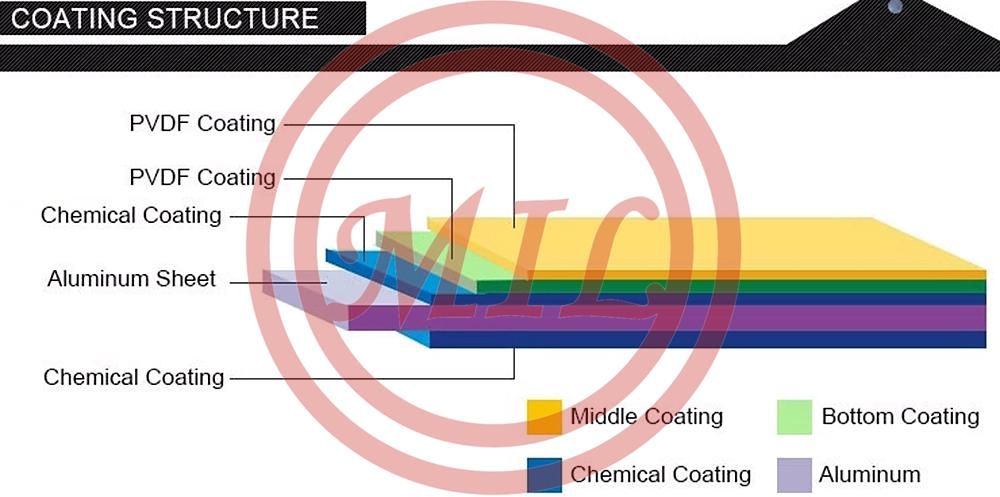

Aluminum and Aluminum-Alloy Sheet and Plate
Grade: 1060, 1100, 1230, 2014, 2024, 2124, 2219, 3003, 3004, 3005, 3105, 5005, 5010, 5050, 5052, 5059, 5083, 5086, 5154, 5252, 5254, 5454, 5456, 5457, 5657, 5754, 6003, 6013, 6061, 7072, 7075
Condition: O, H12, H22, H14, H24, H16, H26, H18, H28, H112, F, H32, H34, H36, H38, H19, H25, H27, H111, H241, H25, T3, T4, T451, T42, T6, T62, T651, T351, T361, T72, T81, T851, T861, T87, T31, T37, T7351, T7651

 1xxx Series
1xxx Series
Grade: 1060, 1100, 1230
1xxx Series Alloys – (non-heat treatable – with ultimate tensile strength of 10 to 27 ksi) this series is often referred to as the pure aluminum series because it is required to have 99.0% minimum aluminum. They are weldable. However, because of their narrow melting range, they require certain considerations in order to produce acceptable welding procedures. When considered for fabrication, these alloys are selected primarily for their superior corrosion resistance such as in specialized chemical tanks and piping, or for their excellent electrical conductivity as in bus bar applications. These alloys have relatively poor mechanical properties and would seldom be considered for general structural applications. These base alloys are often welded with matching filler material or with 4xxx filler alloys dependent on application and performance requirements.
2xxx Series
Grade: 2014, 2024, 2124, 2219
2xxx Series Alloys – (heat treatable– with ultimate tensile strength of 27 to 62 ksi) these are aluminum / copper alloys (copper additions ranging from 0.7 to 6.8%), and are high strength, high performance alloys that are often used for aerospace and aircraft applications. They have excellent strength over a wide range of temperature. Some of these alloys are considered non-weldable by the arc welding processes because of their susceptibility to hot cracking and stress corrosion cracking; however, others are arc welded very successfully with the correct welding procedures. These base materials are often welded with high strength 2xxx series filler alloys designed to match their performance, but can sometimes be welded with the 4xxx series fillers containing silicon or silicon and copper, dependent on the application and service requirements.
3xxx Series
Grade: 3003, 3004, 3005, 3105
3xxx Series Alloys – (non-heat treatable – with ultimate tensile strength of 16 to 41 ksi) These are the aluminum / manganese alloys (manganese additions ranging from 0.05 to 1.8%) and are of moderate strength, have good corrosion resistance, good formability and are suited for use at elevated temperatures. One of their first uses was pots and pans, and they are the major component today for heat exchangers in vehicles and power plants. Their moderate strength, however, often precludes their consideration for structural applications. These base alloys are welded with 1xxx, 4xxx and 5xxx series filler alloys, dependent on their specific chemistry and particular application and service requirements.
5xxx Series
Grade: 5005, 5010, 5050, 5052, 5059, 5083, 5086, 5154, 5252, 5254, 5454, 5456, 5457, 5657, 5754
5xxx Series Alloys – (non-heat treatable – with ultimate tensile strength of 18 to 51 ksi) These are the aluminum / magnesium alloys (magnesium additions ranging from 0.2 to 6.2%) and have the highest strength of the non-heat treatable alloys. In addition, this alloy series is readily weldable, and for these reasons they are used for a wide variety of applications such as shipbuilding, transportation, pressure vessels, bridges and buildings. The magnesium base alloys are often welded with filler alloys, which are selected after consideration of the magnesium content of the base material, and the application and service conditions of the welded component. Alloys in this series with more than 3.0% magnesium are not recommended for elevated temperature service above 150 deg F because of their potential for sensitization and subsequent susceptibility to stress corrosion cracking. Base alloys with less than approximately 2.5% magnesium are often welded successfully with the 5xxx or 4xxx series filler alloys. The base alloy 5052 is generally recognized as the maximum magnesium content base alloy that can be welded with a 4xxx series filler alloy. Because of problems associated with eutectic melting and associated poor as-welded mechanical properties, it is not recommended to weld material in this alloy series, which contain higher amounts of magnesium with the 4xxx series fillers. The higher magnesium base materials are only welded with 5xxx filler alloys, which generally match the base alloy composition.
6xxx Series
Grade: 6003, 6013, 6061
6XXX Series Alloys – (heat treatable – with ultimate tensile strength of 18 to 58 ksi) These are the aluminum / magnesium - silicon alloys (magnesium and silicon additions of around 1.0%) and are found widely throughout the welding fabrication industry, used predominantly in the form of extrusions, and incorporated in many structural components. The addition of magnesium and silicon to aluminum produces a compound of magnesium-silicide, which provides this material its ability to become solution heat treated for improved strength. These alloys are naturally solidification crack sensitive, and for this reason, they should not be arc welded autogenously (without filler material). The addition of adequate amounts of filler material during the arc welding process is essential in order to provide dilution of the base material, thereby preventing the hot cracking problem. They are welded with both 4xxx and 5xxx filler materials, dependent on the application and service requirements.
7xxx Series
Grade: 7072, 7075
7XXX Series Alloys – (heat treatable – with ultimate tensile strength of 32 to 88 ksi) These are the aluminum / zinc alloys (zinc additions ranging from 0.8 to 12.0%) and comprise some of the highest strength aluminum alloys. These alloys are often used in high performance applications such as aircraft, aerospace, and competitive sporting equipment. Like the 2xxx series of alloys, this series incorporates alloys which are considered unsuitable candidates for arc welding, and others, which are often arc welded successfully. The commonly welded alloys in this series, such as 7005, are predominantly welded with the 5xxx series filler alloys.
| PVDF Coated Alu Coil |
| Color coated aluminum coil includes PE coated aluminum coil and PVDF coated alu coil, color-coated aluminum coil has multiple colors, whether it is residential, large commercial outlets or large exhibitions in the center, PVDF coated alu coil can make them look more beautiful. Good plasticity and mechanical processing properties make it an ideal material for various construction shapes. Color-coated aluminum coil is the most ideal material for architect. Whether it is a multifunctional large-scale building or a unique and creative new-style building, the color-coated aluminum coil can always meet the different requirements of modern and classical architectural styles, making the building more colorful. It can protect objects from exposure to the atmosphere from ultraviolet radiation, wind, rain, frost, snow and freezing; the coating can play a protective role due to temperature differences, freeze-thaw cycles, corrosive gases and microorganisms. |
|
|
|
|
|
|
Product Image
